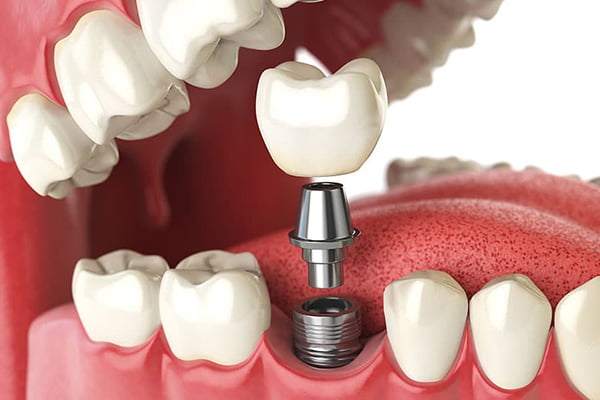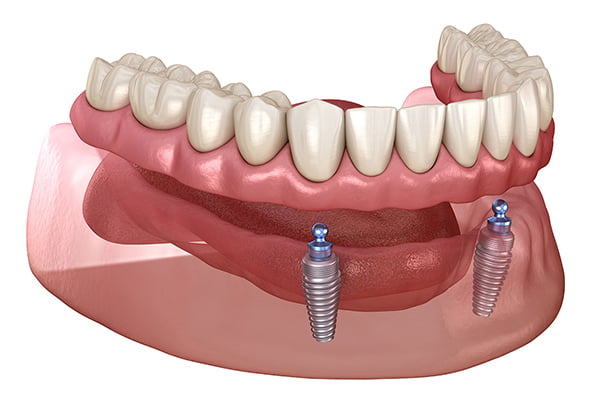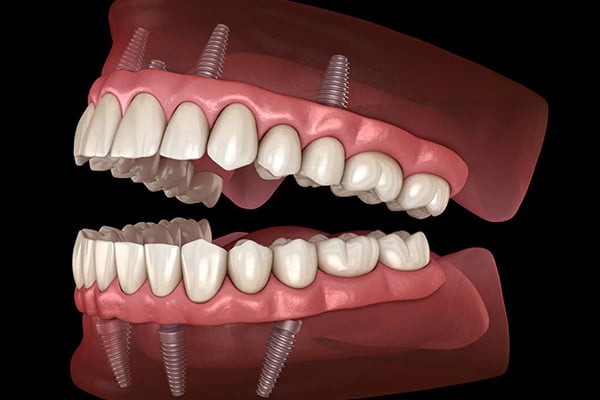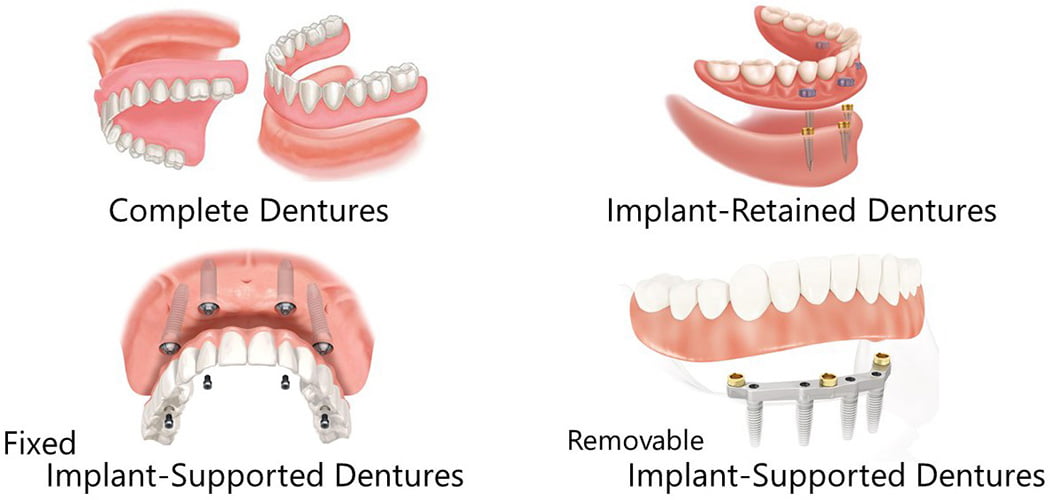Are you confused by the variety of dental implant types when considering whether to get one? So maybe the article will help with decision-making.
What is a dental implant?
The best advancement in dentistry for replacing missing teeth is a dental implant. Dental implants have made missing teeth less of a “horror” for people. No matter how many teeth you lose, a dental implant may be an excellent alternative. A dental implant is a structure that replaces a missing tooth. With screw-like devices, the surgeon inserts an implant into the jawbone, and it acts as an anchor for an artificial tooth, called a crown.
A device called an abutment connects the artificial tooth to the dental implant.n The crown is custom-made to fit the person’s mouth and match the color of their teeth. Crowns look, feel, and function like natural teeth. Now that you have a better understanding of what they are, let’s go over the different types you will have to choose from.
What Are the Different Types of Implants
Although they can also support a single crown, bridge, or set of dentures, implants are frequently utilized as an alternative to conventional bridgework or dentures. As a result, they provide an effective treatment for both single and multiple tooth loss. The following are the various implant options that, depending on your particular requirements, may be suggested to you:
Single Tooth Implants
A titanium screw known as a dental implant replaces a missing tooth root. When it is inserted directly into the jawbone, the implant eventually fuses with the bone around it. This maintains the implant’s safety. Your replacement tooth, which matches the rest of your natural teeth, can be attached to the top once it has healed. The illustration demonstrates how an implant is anchored in your jawbone. Depending on whether any preliminary work is required, implant treatment typically takes four to nine months. This is so that the implant may gradually merge with the jawbone, which keeps it firmly in place.
Multiple implants are also an option, but if you have several missing or failing teeth in a row, you might be given a different option, like an implant-supported bridge or denture.
Read more: 50 soft foods to eat after dental surgery

Implant-Supported Bridgework
Another dental implant type is implant-supported bridgework. Frequently, implant-supported bridges are suggested to replace several consecutively lost or failing teeth. They serve as an alternative to conventional bridges and individual implants.
Conventional bridges are held in place by your natural teeth on either side of the gap and often include one or more replacement teeth with crowns on either end. In order to place a typical bridge, your dentist may need to drill a small hole into the teeth on each side of your gap. Moreover, they cannot stop bone loss, which frequently occurs as a result of tooth loss.
In order to use an implant-supported bridge, the jawbone must first be implanted. Abutment posts are then connected to the implants once they have fused with the bone. The bridge is placed on top of the implants after an additional healing period, which secures the solution in place.
Although it varies from patient to patient, treatment lasts four to five months on average. Before getting an implant-supported bridge, you might need to get some auxiliary work done, like a bone graft. Your treatment may take longer, maybe between six and eight months, if this is required.

Implant-Supported Dentures
These replacement teeth are supported by dental implants and are sometimes referred to as “clip-in” dentures or implant-supported dentures. If you don’t have many natural teeth remaining but do have enough bone to support implants, you may be able to get by with implant-retained dentures.
The dentures often come with a bar that attaches to your implants. The way the denture is hooked on makes it more secure than a typically removable denture, but you may still remove it for cleaning. This means there is less chance of them shifting around in your mouth or coming out when you laugh or chat.
Find out more: What are the disadvantages of dental implants?
Depending on your specific demands, implant-retained denture treatment typically lasts between four and seven months. Following the placement of the implants, you will need to wait a few months for the implant to recover. You’ll be given a temporary denture at that period, or if you already have dentures that are in good condition, you can use those.

All-On-Four Dental Implants
A top or bottom arch of replacement teeth, often known as All-on-4, is an alternative to entire arches. In order to prevent the requirement for bone grafting, four dental implants are inserted into the accessible bone. In order to implant a temporary set of replacement teeth the same day, special abutments are needed. When the gum tissues heal and the implants integrate with your natural bone, you adhere to a limited diet. The permanent replacement teeth will be positioned after roughly six months, at which point you can go back to your regular diet.

What Should I Expect After a Dental Implant Procedure?
Recovery from a dental implant requires time. Following a few hours of recovery from anesthesia, you will be allowed to return home. You should prepare for some discomfort in the days after surgery. Many symptoms that are not complications could affect you. They might consist of:
- Gum bleeding lasts for 48 to 72 hours.
- Your mouth, eyes, and cheeks will swell for roughly two days.
- For two to three days, discomfort.
- For pain management, your dentist may suggest over-the-counter painkillers.
Your stitches should disappear in a few days, but complete removal could take up to two weeks. During the first week, when the discomfort and irritation have faded, your mouth should feel normal. Throughout the healing of the implant, good oral hygiene is crucial.
Conclusion
Finding the ideal smile should be simple. There are numerous varieties of dental implants available for you to select from. To discover the best kind of dental implant for you, your dentist will work closely with you. You can start here if you want more details or to schedule an appointment right away.



